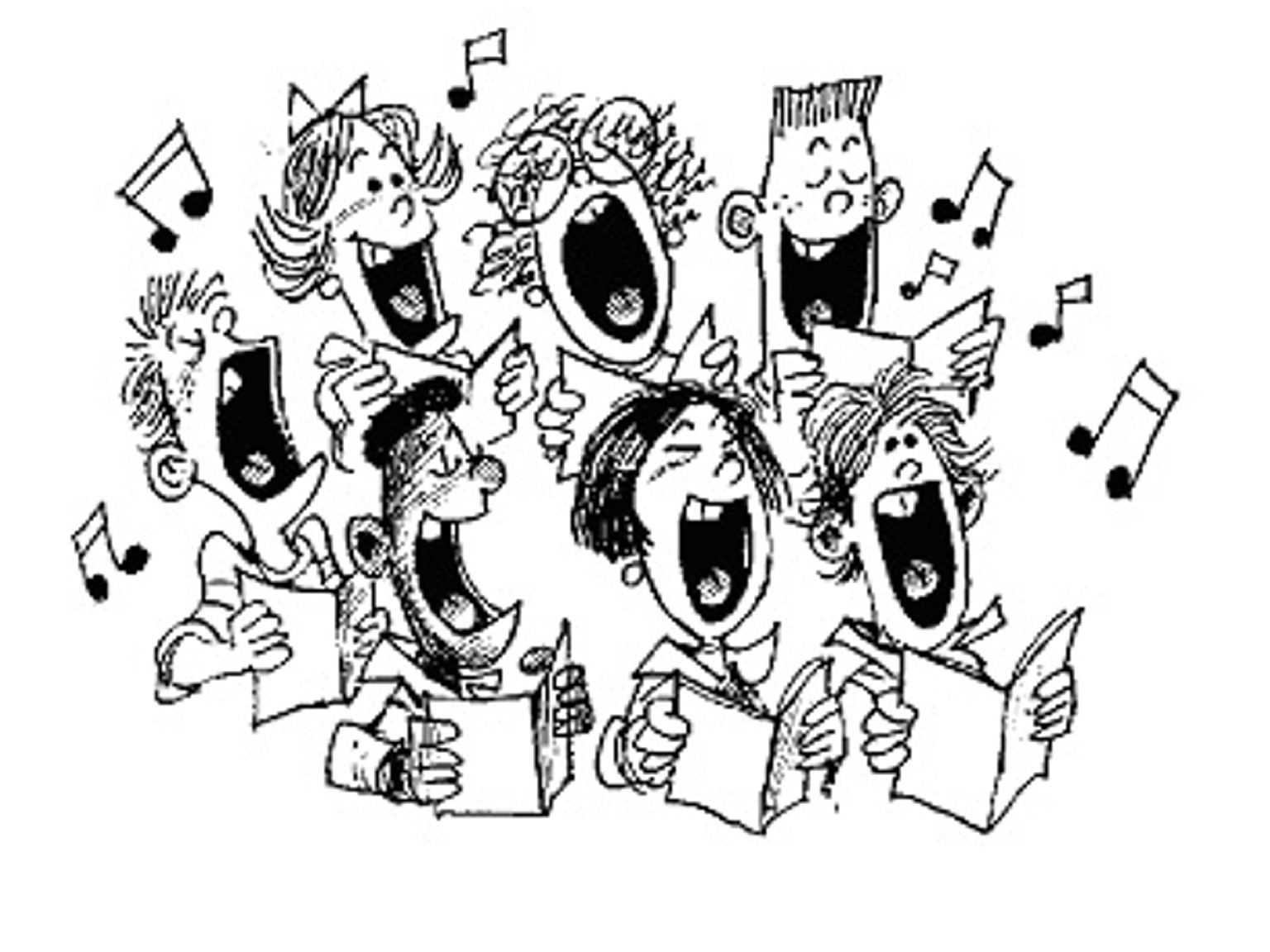ChorTeach is ACDA’s quarterly publication for choral conductors and teachers at all levels. It is published online, and each issue contains four practical articles. If you are not already a member of ACDA, you can join as an Associate for $45 per year and receive access to ChorTeach and the Choral Journal online.
The summer 2016 issue of ChorTeach contains an article written by Sean J. M. Newman titled “A Successful Approach for Making Music Come Alive—Imagery in the Choral Classroom.” The entire article is copied below. The rest of the articles in the summer 2016 issue of ChorTeach can be found here and are:
Teacher Self-Preservation: Tips for Preserving Your Voice by Robin Samlan and Jeremy N. Manternach
Why Do They Sing? Students Speak Up by Debbie Aurelius-Muir
Some Thoughts on Singing in Tune by Richard Sowers
Cross-Curricular Instruction in the Choral Classroom by Andrew Bruhn
_______
There is a destination for every phrase of every musical work. This so-called “endgame” could consist of absolute rhythmic accuracy, a desired blend, or simply a set of pure vowel formations. The fact is that just as every choral ensemble is different, every choral director is different. Often, it is the journey that makes directing a choir such a rewarding profession. Every director’s journey is bound to be different. How we travel the road to our destination is what makes us unique musicians and educators.
The use of imagery is an approach to teaching that I have become very fond of. When I began my career as a young church choir director, I was solely focused on notes, rhythms, and just being able to get through a work. It was challenging, but that experience helped make me the teacher I am today. As I mature in my career, I have learned that imagery is a useful and powerful tool, particularly for secondary students.
I currently have the privilege of serving as co-choir director at my school alongside my colleague, Javier Diaz. He has a unique ability to infuse imagination into rehearsals. Most of it is spontaneous, but it makes me reexamine my score study to include more imagery. Some of his analogies this past semester have included the following (these are not direct quotes):
- Legato has to sound and feel like you are swimming in hot caramel.
- I need a big, fat “oh” vowel. Become an opera singer with a big crown on your head.
- Make this section explode. This is where the bombs are literally bursting in the air. I should be able to see those bombs bursting.
- This section needs to sound like you’re pulling someone toward you as hard as you can. Pull them!
- Open the curtain at this section. It has to be like the opening of an enormous Christmas/Disney display that is magical, a surprise!
- Decrescendo: Go to the top of a mountain and throw a slow-moving frisbee.
- Tension: It’s like trying to push someone into a pool when they don’t want to go into the water. They are pushing back, resisting you.
- Tender: Pretend you are holding a baby and sing to it.
- Depth and maturity of sound: Sound like you are thirty-five years old.
This approach not only entertains students, but it expands their thought process so that they internalize the lyrics in a more creative and meaningful fashion. It especially works with visually oriented students.
As I stated earlier, every ensemble learns differently and every director teaches in a different manner. It’s our job to figure out what works best. At our school, one of these strate- gies is the use of imagery. It provides an effective “endgame” for the students. So, when you are studying scores to be rehearsed by your ensembles, what pictures do you see in your mind? What analogies can you think of to expand singers’ understanding of the texts or the music? How can your singers benefit from such an approach?
Find a way to clear your thoughts and imagine what the music would actually look like if it were a painting or a photograph. Be able to find the “hot caramel” in your music and make it happen. You will be surprised by the results!



amy-franesuperior-k12-wi-us says
These are great suggestions! This approach is not just for secondary students, though. I am able to have young singers (K-5) generate wonderful sounds by using imagery. They are really able to jump in and be “in” the image because of their young age. By getting to the aesthetic “feel” first, they can then later learn how the expressive markings in music notate those feelings.